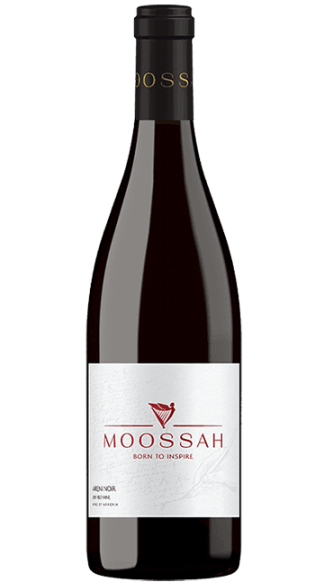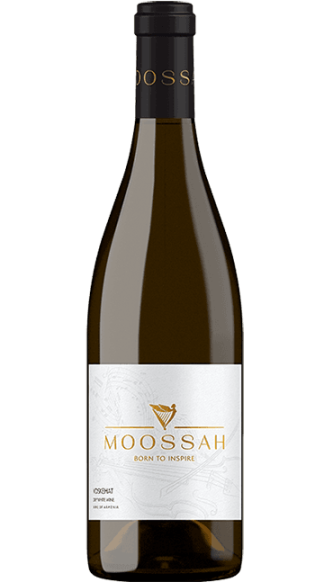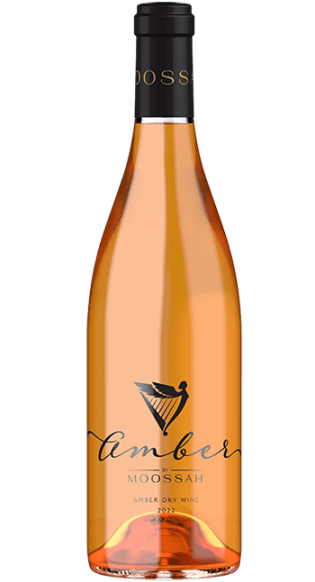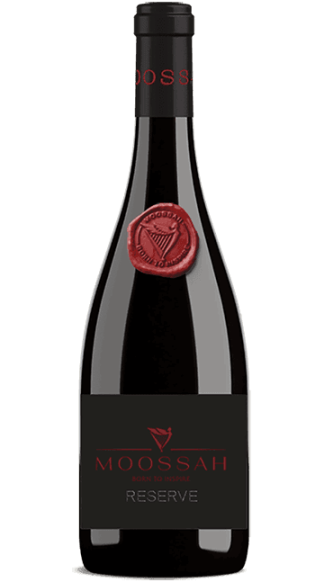D i s c o v e r W i n e m a k i n g i n A r m e n i a
Discover Armenia and unlock the Secrets of the World's Oldest Winemaking Civilization.

Armenia is said to be the cradle of winemaking. According to legend, Noah planted the first vine after landing on Mount Ararat in the Armenian valley. This was Noah’s reward for all the suffering he and his family endured during the Great Flood.
Today, Armenia is using modern technology and equipment to produce fine wine from indigenous grape varieties, served locally and exported worldwide. Areni Noir, Voskehat (Kharji), Khndoghni, Nrneni, Lalvar, and Chilar are some of the indigenous varieties our terrors offer.
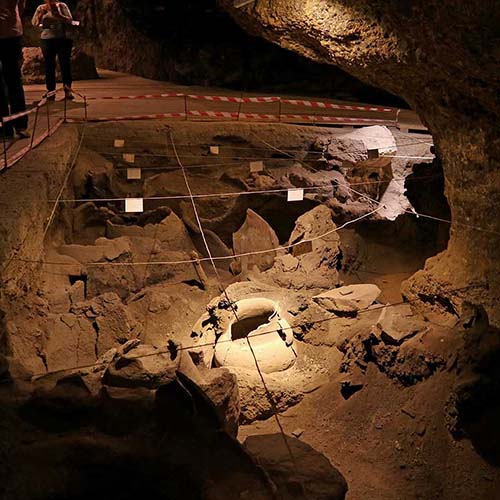
M o d e r n w i n e m a k i n g b a c k e d w i t h c e n t u r i e s o l d h e r i t a g e
The discovery of a 6,000-year-old Copper Age wine factory in southern Armenia in 2011 serves as evidence that Armenia is the cradle of winemaking.
Scientists found ancient winemaking equipment, as well as grape seeds, during archaeological excavations and numerous studies on the territory of Armenia, particularly in the caves near Areni village. Archaeologists from Armenia, the US, and Ireland conducted the excavations. A number of prestigious journals and international media outlets have published the results of the study, including BBC, National Geographic, and “The Journal of Archaeological Science”.
To ensure maximum reliability, the vats were analyzed chemically to determine the presence of characteristic wine residues. A chemical test revealed traces of malvidin, a grape pigment that gives red wine its color.
Furthermore, in the course of excavations at Red Hill (Karmir Blur, known as Teishebaini) not far from Yerevan, archaeologists discovered 12 different cultivars of grape seeds that are still used to manufacture wine. A total of 400 ancient wine barrels were also discovered.
S a v o r t h e U n i q u e F l a v o r s o f A r m e n i a : E x p l o r e O v e r 3 0 R a r e a n d I n d i g e n o u s G r a p e V a r i e t i e s
Among the five viticulture regions in the country, there are more than 400 indigenous grape varieties that grow there according to the Vine & Wine Foundation of Armenia, or about half as many as Italy, which is geographically 10 times larger than Armenia. Out of this total number of grapes, 31 are used in the production of wine. Among the most common grapes used to make white wines are Voskehat and Kangun. There is no doubt that Areni is the best when it comes to reds. (Areni is sometimes referred to as Areni Noir.)
The Areni grape is a bit of a chameleon and produces a wine that has the taste and aroma of Merlot and Pinot Noir blended together. There is no limit to Areni’s ability to lilt and seduce, or shout and command. Here’s a combination of grit and velvet, zest and sweetness, versatility and confidence, with a foot in both worlds.
Areni can be feminine as well as masculine, though more of the former. This is more of a quiet seduction than an overt flirtation.
Voskehat is Armenia’s signature white grape. Translating to “golden berry,” the wine has light to medium body. It brims with floral and stone fruit aromas marked by notes of herbs and citrus.
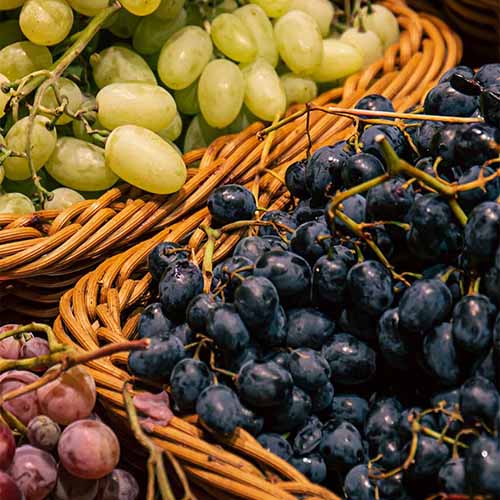
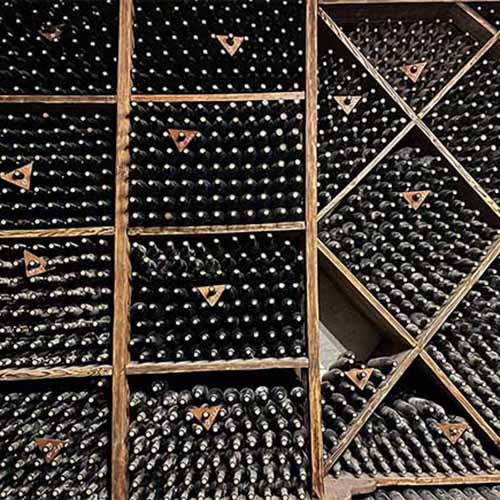
R a i s e a G l a s s t o t h e R i c h L e g a c y o f W i n e m a k i n g : D i s c o v e r t h e L i q u i d H i s t o r y o f t h e M o d e r n W o r l d
Armenian wines are often referred to as liquid history since they were created in the birthplace of viticulture. More than any other wine-producing region around the world, we are able to reflect a sense of place and culture through our wines.
As one of Armenia’s viticultural strengths, the country is characterized by volcanic soils, high elevations, and old vines. It is because of the absence of the vineyard pest phylloxera that growers are able to plant vines on their own roots, rather than grafting them. As a result, our grapes have been kept as close to their original form as possible.
In terms of wine regions, there are fiv main ones in Armenia and Artsakh. Vayots Dzor is one of the most well-known regions of the south-central region of Armenia. Vayots Dzor is a long, narrow plateau known for the lush vineyards that are found here, some of which reach almost 6,000 feet above sea level. To put things in perspective, high continental Spain and Northern Italy are between 2,300 and 2,900 feet in height.
The elevation of Ararat is a bit lower than that of Aragatsotn. In addition to Ararat, which is located on a sunny plateau, there is Armavir which is a mountainous region in the southwest and the mountainous landlocked areas that are home to Sireni another indigenous grape variety.
D i s c o v e r t h e W i n e r i e s i n A r m e n i a R e v o l u t i o n i z i n g t h e W i n e W o r l d !
Winemaking has been a part of Armenian culture for over 6,000 years, making it one of the oldest winemaking civilizations in the world.
Today, the country is home to numerous wineries, each with its own unique history, traditions, and techniques.
Armenian wineries are unique in that they are rooted in a rich and ancient winemaking tradition that spans thousands of years. This heritage is evident in the high quality of the wines produced by Armenian wineries today.
Armenian Wineries, both big and small like Winged Lion Estate, are expanding their reach by exporting their unique, handcrafted wines to countries across Europe, North America, Asia, and beyond. With their rising popularity, these wineries are offering a fresh outlook on contemporary winemaking.
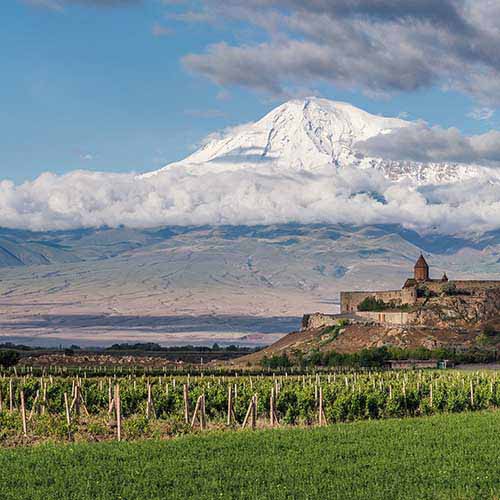
The best picks about winemaking in Armenia from Moossah Blog

Yerevan Wine Days | Celebrating 6000 Years of Viticulture and Winemaking
Yerevan Wine Days is a celebration that encapsulates the heart and soul of Armenian culture. It is an event that brings people together to enjoy the fruits of centuries-old winemaking traditions, vibrant music, dance, and delicious food.
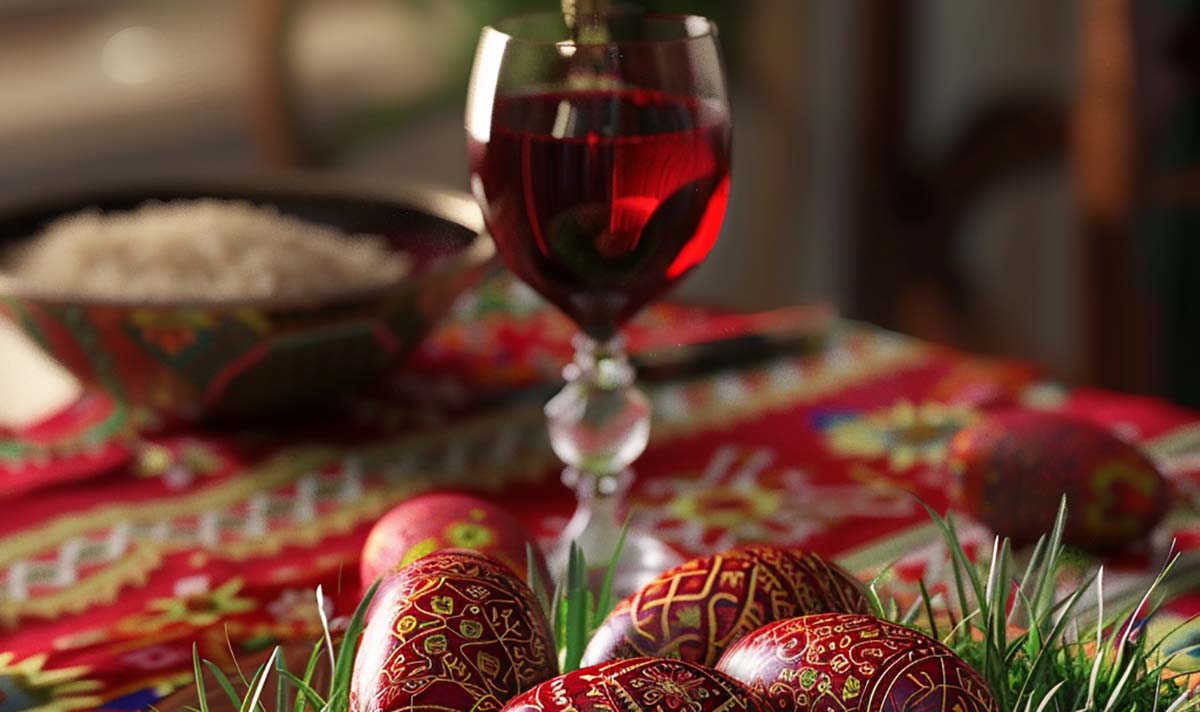
Armenian Easter | How we celebrate Surb Zatik
Armenians Easter is celebrated with a blend of faith, family, and delicious food. Read about how Armenians celebrate Surb Zatik.
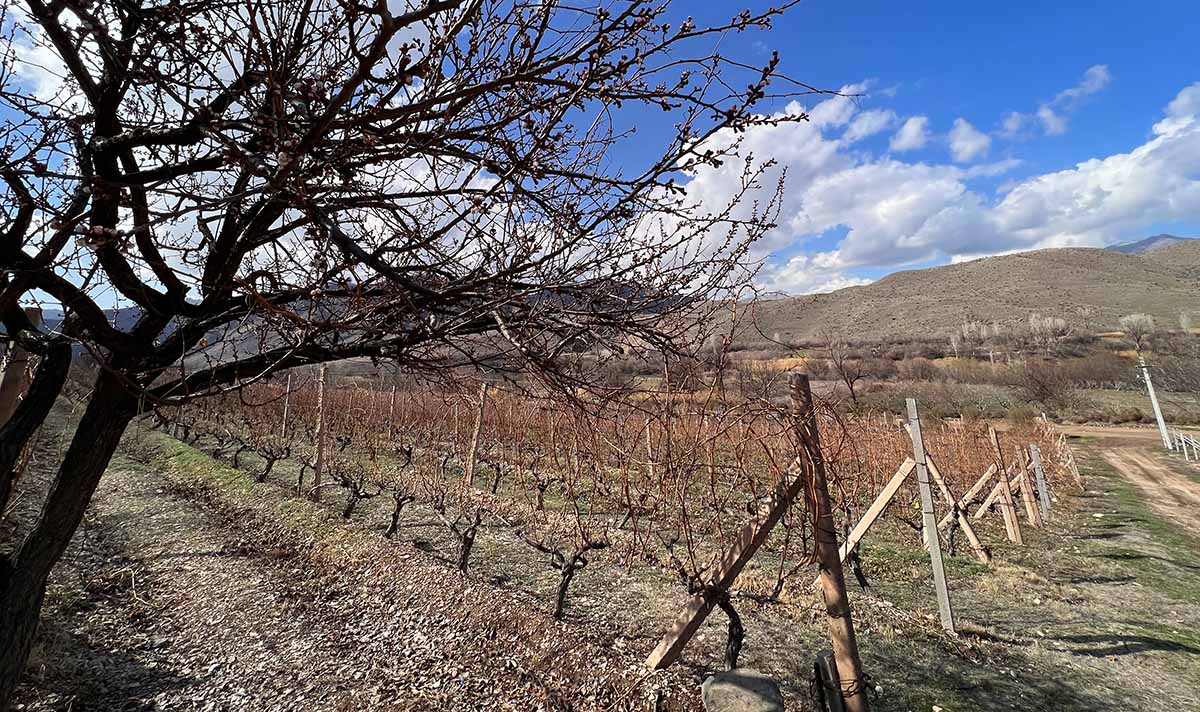
А dive into Armenian white wine heritage
In today’s digital landscape, the world of wine is at your fingertips with the convenience of online shopping.
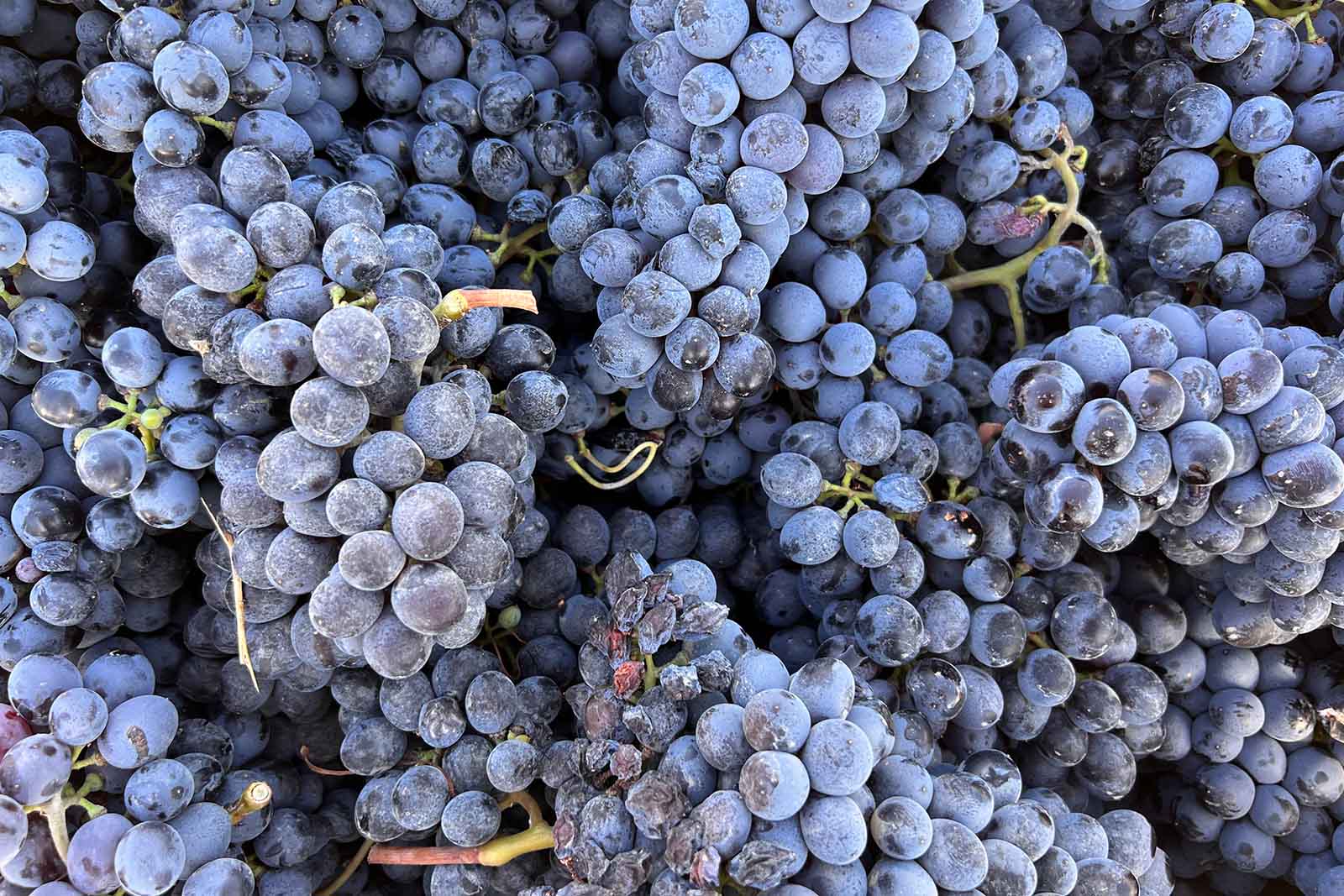
Exploring Armenia’s Rich Red Wine Heritage
In this article we explore Armenia’s rich red wine heritage, Areni grape variety, beautiful Vayots Dzor Region and Moossah Red Wine.

